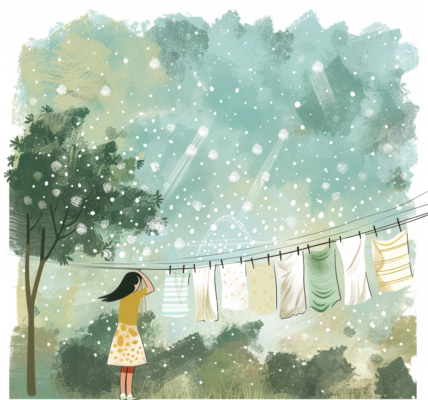In a recent study published in Nature Communications, researchers have delved into the fascinating realm of human brain activity in response to emotional stimuli. The study, titled ‘Occipital-temporal cortical tuning to semantic and affective features of natural images predicts associated behavioral responses,’ sheds light on how our brains process and react to various visual cues.
During the research, participants were presented with 1620 emotional natural images while their brain activity was monitored using functional magnetic resonance imaging. The findings revealed that the occipital-temporal cortex (OTC) exhibited a remarkable ability to co-represent the semantic category and affective content of the visual stimuli.
Through voxel-wise modeling, the researchers observed widespread tuning in the OTC region to both semantic and affective features of the images. The analysis identified the top three principal components underlying the OTC responses, which encoded stimulus animacy, stimulus arousal, and interactions of animacy with stimulus valence and arousal.
Interestingly, the study found that at lower to moderate dimensionality, the tuning patterns in the OTC region could predict behavioral responses associated with each image more accurately than regressors solely based on image features. This suggests that the OTC region plays a crucial role in representing the semantic category and affective content of stimuli in a way that influences our behavior.
This research provides valuable insights into how our brains process and interpret emotional visual stimuli, highlighting the intricate mechanisms that guide our responses to the world around us. Understanding these neural processes could have significant implications for fields such as psychology, neuroscience, and cognitive science.





